A Complete Guide to Growing ‘Calabrese’ Broccoli in your Garden
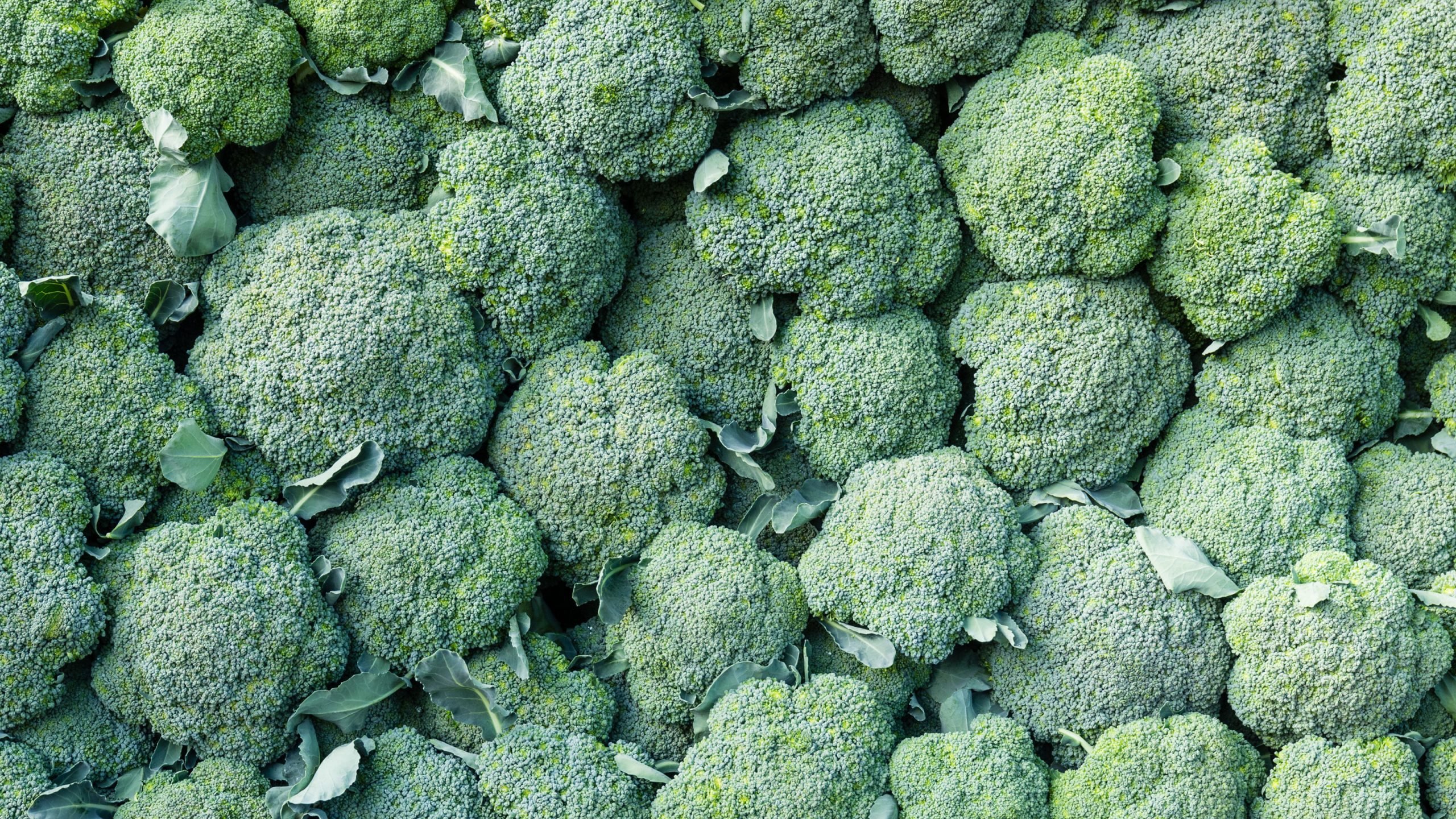
Table of Contents
Ah, broccoli ‘calabrese’! The green, nutritious vegetable that can make any meal pop with flavours and health benefits. If you are wondering why you should grow this tasty treat in your garden, look no further, my friend!
Calabrese Broccoli has a delicious, slightly sweet, and nutty flavour that can complement any dish. Whether you want to steam it, stir-fry it, roast it, or even throw it in a salad, Calabrese Broccoli is a versatile veggie that won’t disappoint your taste buds. But the taste is not the only reason to grow this amazing vegetable. Calabrese Broccoli is also packed with nutrients that can keep your body healthy and strong. It is a great source of vitamins C, K, and A, as well as fibre, iron, and calcium.
And here’s the best part: growing Calabrese Broccoli is easy and rewarding. It thrives in cool weather and can be planted in the spring or fall. All you need is a sunny spot in your garden, some well-draining soil, and regular watering. In a few weeks, you will see the plant grow into beautiful green bushes that will soon produce tasty florets.
So if you want to boost your immune system, improve your digestion or strengthen your bones, broccoli calabrese is your go-to veggie.
How to Grow Broccoli ‘Calabrese’
Calabrese Broccoli is also a low-maintenance crop that doesn’t require much attention. You can let it grow on its own or give it a little boost it some organic fertilizers. And when it’s time, simply cut the mature florets with a sharp knife, leaving the rest of the plant intact. This way, you can enjoy multiple harvests throughout the season, so what are you waiting for?
Go grab some Calabrese Broccoli seeds and start growing your own superfood today.
1. Preparing the Ground
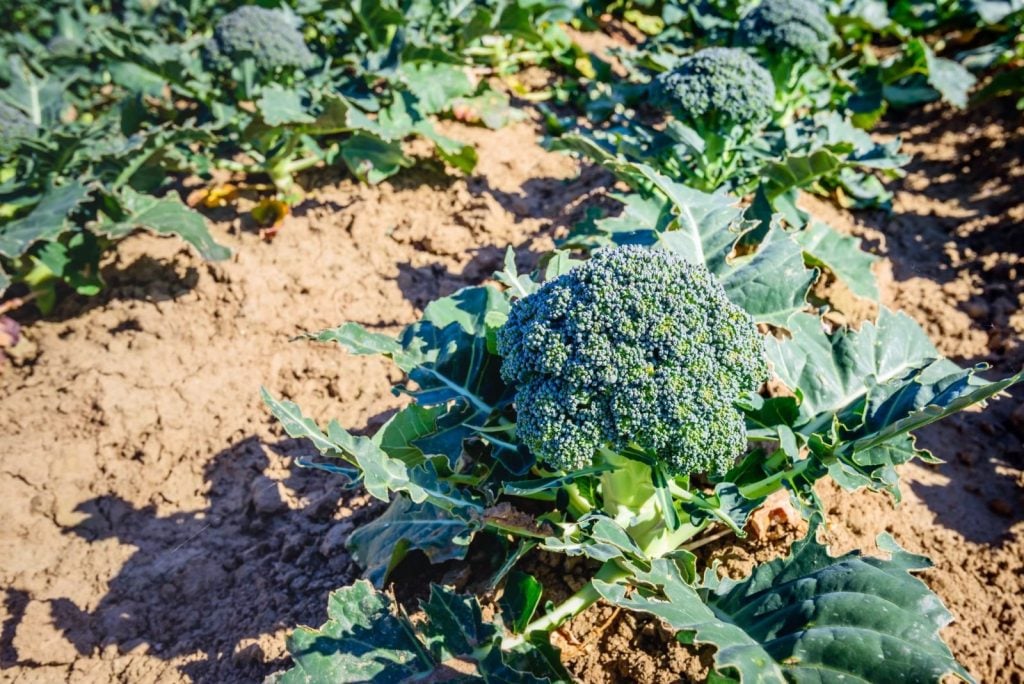
Calabrese is a lovely vegetable to grow, and it thrives in firm, fertile, well-drained soil that gets plenty of sunlight or light shade. It’s always best to prepare your growing site in advance, ideally in the autumn before planting. You can add two bucketfuls of well-rotted manureor garden compost per square meter/yard and let it settle over winter.
Alternatively, if you are planting closer to the time, you can firm the soil by treading it down and raking it smoothly. It’s worth noting that if your soil is very acidic, you should apply lime the previous winter to raise pH and prevent clubroot disease. The ideal pH for Calabrese broccoli is at least 6.8, which you can test using a pH testing kit from your local garden centre or online. Once you have checked your soil pH, you can rake in a high-potassium general fertilizer, such as Vitax Q4. Use one and a half handfuls per square meter/yard or three handfuls if you haven’t added any manure or garden compost to the soil. With these simple steps, you will be on your way to growing delicious Calabrese in your own backyard.
2. Sowing Seeds Indoors
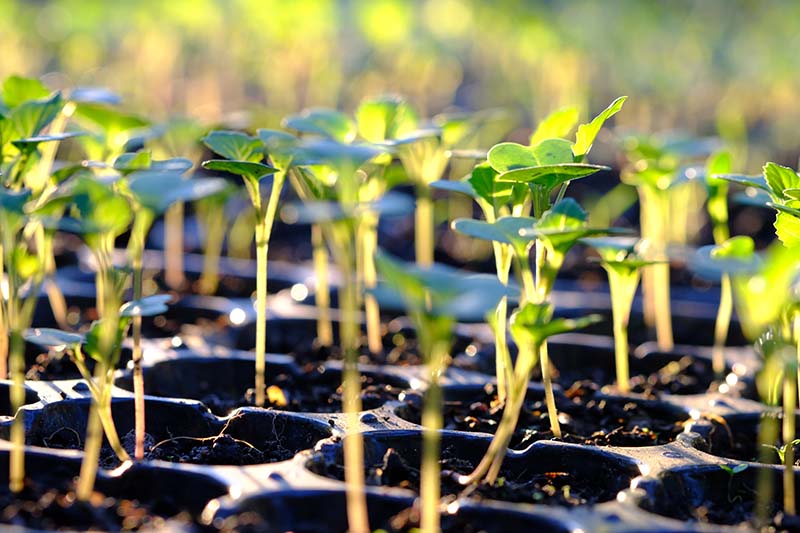
While growing indoors, it’s a good idea to sow the seeds in March-April and start the modules under cover. However, keep in mind that Calabrese does not like any root disturbance, so try to minimize this as much as possible during growth. Fill the modules with compostand sow two seeds per module, then cover lightly with more compost and gently water.
Keep them on a windowsillor in a greenhouse, making sure they have plenty of light and not too much heat. Water sparingly to encourage the roots to search for water in the compost. Once your seedlings are around 8cm tall with a few true leaves, they are ready to be planted outside to avoid root congestion, which usually happens after five or six weeks.
3. Directly Sowing Seeds Outdoors
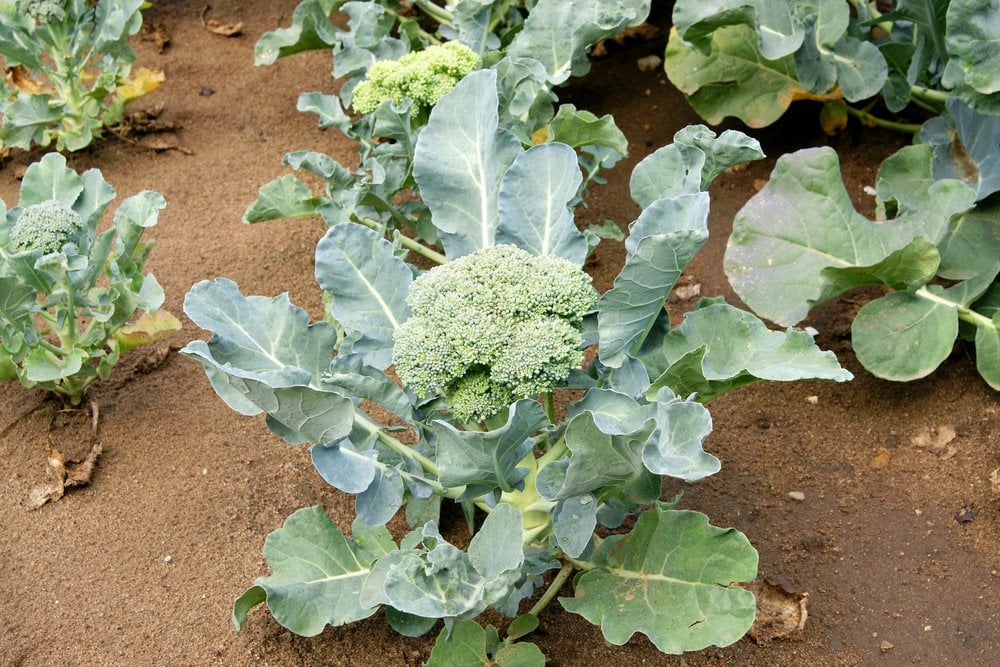
To get the best results for your calabrese broccoli, direct sowing in late spring can work great. It’s important to be prepared and protect the young plants from frost by using a clocheor cold frame if needed. There are two options available while direct sowing. The first is to sow in a seed bed for transplanting later, and the second is to sow in situ. When direct sowing in situ, sow in rows that are 18-25 inches (40-50cm) apart.
Sow two or three seeds every 10-12 inches (25-30cm) along the row, and then cover them with soil at a depth of 3-4 inches (2cm). Seedlings should emerge in about two weeks. Once they are large enough to handle, thin them to one plant every 12 inches (25cm). If you are transplanting, do so after five weeks of sowing or once the plants have four or five leaves, spacing them 20-24 inches (50-60cm) apart. With this method, you will have a healthy crop of Calabrese Broccoli.
4. Planting Process of Broccoli ‘Calabrese’
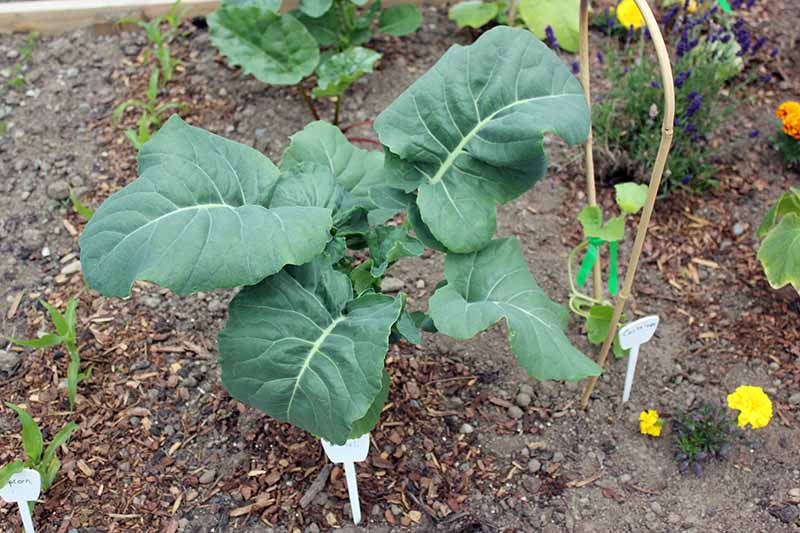
When growing calabrese seedlings indoors, it’s important to harden them off for 1-2 weeks. You acclimatize the seedlings by gradually increasing the amount of time they spend outside each day. Once they are about 6 inches tall, pick a dull day or evening to plant them out. Spacing is important, with 20-25 inches for large varieties and 15 inches for more compact ones. Secondary harvests can also be achieved with proper spacing. Plant the seedlings carefully, making sure the base is secure and not over-watering. If planted in June-July in a well-dug veg bed or large containers, they should be ready to harvest from August-October.
How to Harvest Broccoli ‘Calabrese’
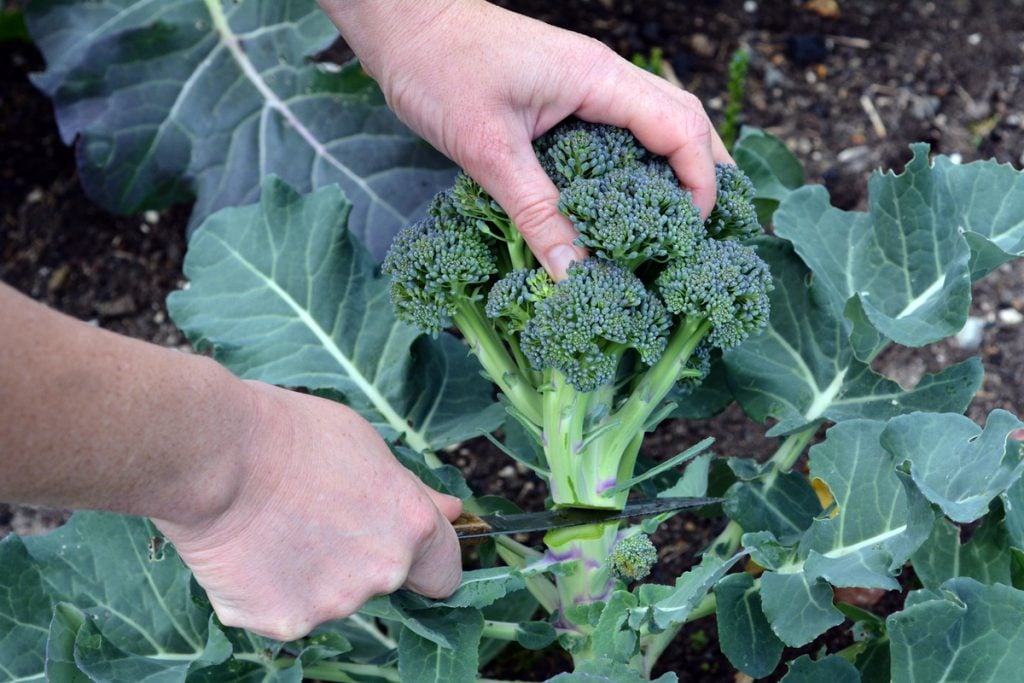
Calabrese is best harvested in late Summer and Autumn when the main head is 10-15 cm (4-6 inches) across and still in bud. It’s important to harvest it promptly to prevent the flowers from opening. After the main head is harvested, small heads will develop on side shoots which can be regularly picked over the following weeks; the young leaves are also edible. To ensure continuous harvesting, it’s important to check plants every few weeks.
Calabresebroccoli is delicious when lightly steamed, sautéed, or stir-fried, but be careful not to overcook it. It should be used right after harvesting to get the most flavour; nutrients like nitrogen, phosphorus, and potassium are important for plant growth and can be added through fertilizers. Other vital soil nutrients include magnesium, calcium, and sulfur. Calabrese can be kept in the fridge for a few days or frozen for later use.
Caring Tips for Broccoli ‘Calabrese’

Calabrese, like other brassicas, is susceptible to common plant diseases. So always look out for signs of cabbage root fly, which causes blue-tinged leaves that wilt in sunny weather. Usually, young plants are most vulnerable to this pest, so protect them with cabbage collars or mesh. Cabbage caterpillars can also be a problem, laying clusters of yellow eggs under leaves which hatch into destructive caterpillars. Check the underside of the leaves periodically to brush off the eggs, and use insect mesh to preserve butterflies from laying eggs.
Leatherjackets and cutworms can cut stems at ground level, killing seedlings. Use nematode-based natural insecticides to control them. Additionally, pigeons are attracted to emerging heads and leaves of Calabrese, so protect young plants with mesh netting or fleece. Flea beetles may also make small holes in leaves in April and May, but you can prevent them by using nitrogen-rich fertilizer and grease-covered cardboard traps.
Expert Tips on Growing Broccoli ‘Calabrese’
Here are some expert tips listed on how to grow broccoli ‘Calabrese’:
1. Plant in The Right Season: While broccoli can be grown throughout the year, it does best in cooler temperatures. For the best results, plant your calabrese broccoli in the late summer or early fall.
2. Provide Good Drainage: Broccoli likes moist soil, but it does not like to be waterlogged. Make sure the soil has good drainage so that the roots don’t rot.
3. Consider Companion Planting: Some plants can actually help broccoli grow better. Consider planting it alongside plants like dill, camomile, or sage to improve its growth and repel pests.
4. Watch for Bolting: Broccoli can quickly go to seed if exposed to high temperatures or other stresses. Check your plant regularly and harvest the main head promptly to prevent bolting.
5. Pre-germination: When planting Calabrese seeds, you can pre-germinate them by soaking them in water for 24 hours before planting. This can improve germination rates.
Choosing the Right Type of Broccoli
While Calabrese Broccoli is a great option to add to your garden, there are several other types of broccoli that you can consider. Here is a list of other types of broccolis that you can consider according to your requirements.
1. Di Cicco
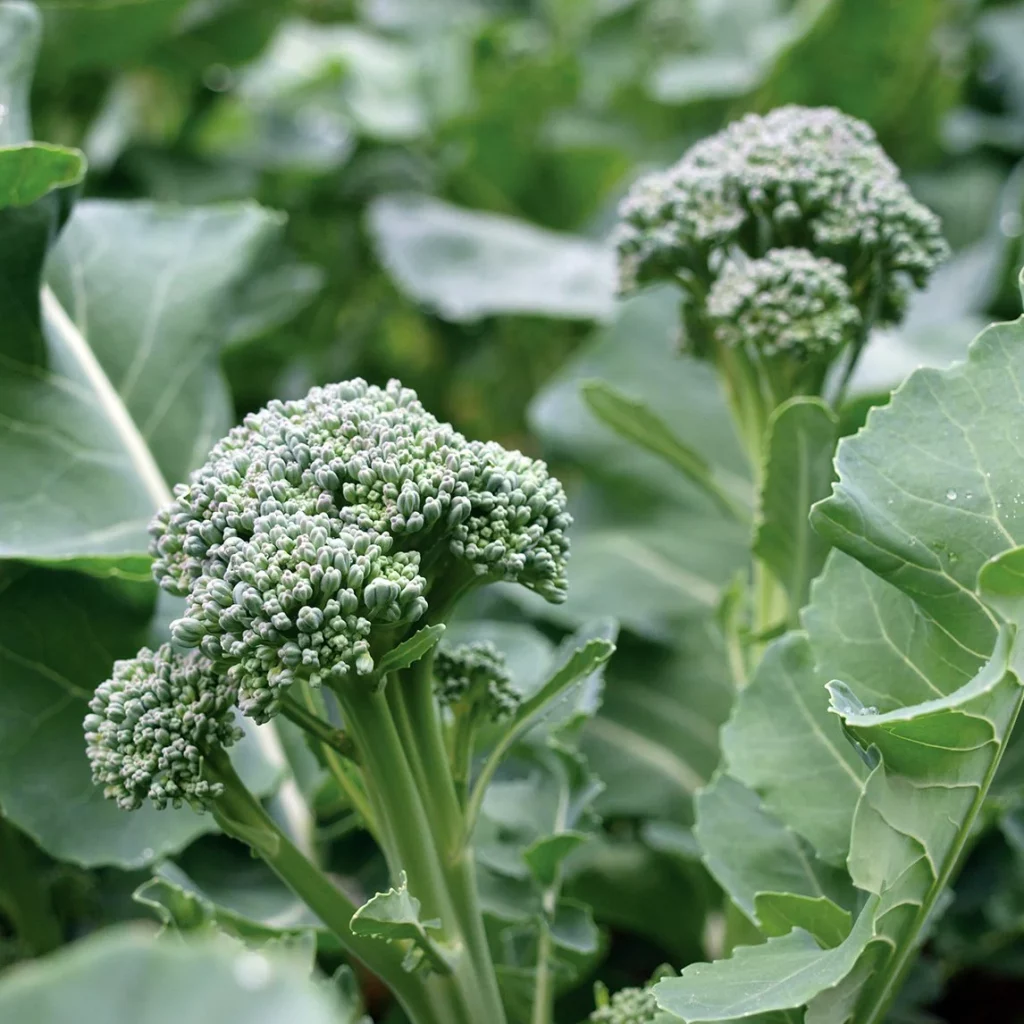
This broccoli cultivar is an Italian heritage that yields small to medium blue-green heads.DiCicco broccoli grows at varying speeds, on average. This quality is perfect for backyard growers. It takes DiCicco as few as 50 days to produce mature heads. There will be a ton of side shoots after the main head has been harvested.
2. Calabrese
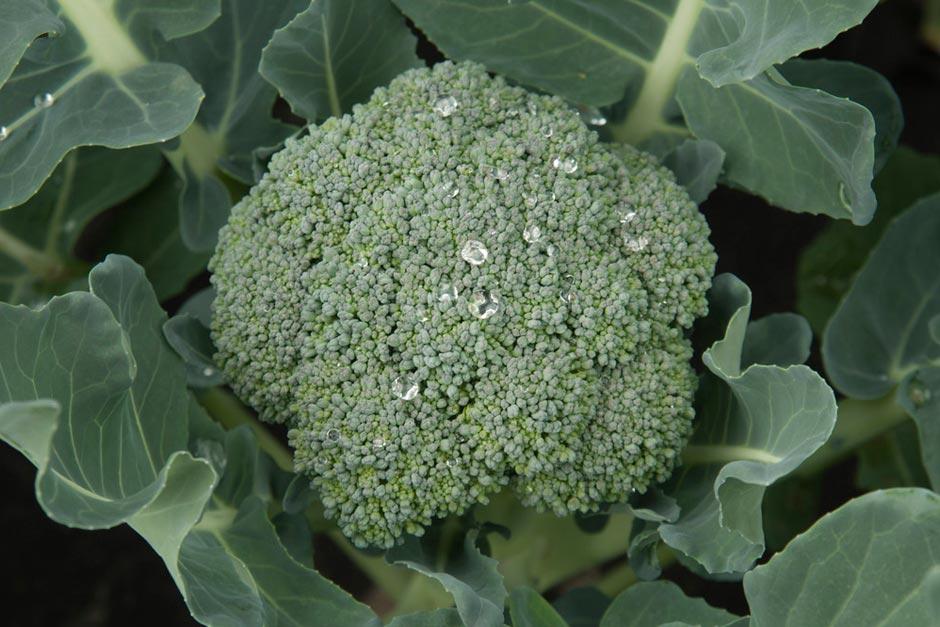
Despite having its origins in Calabria, a region in southern Itlay, it thrives throughout the majority of the continent of the United States. If you look closely, the broccoli in the supermarket store may be Calabresetype. Medium to large green heads are producer calabrese, which take around 65 days to mature fully.
3. Amadeus Broccoli
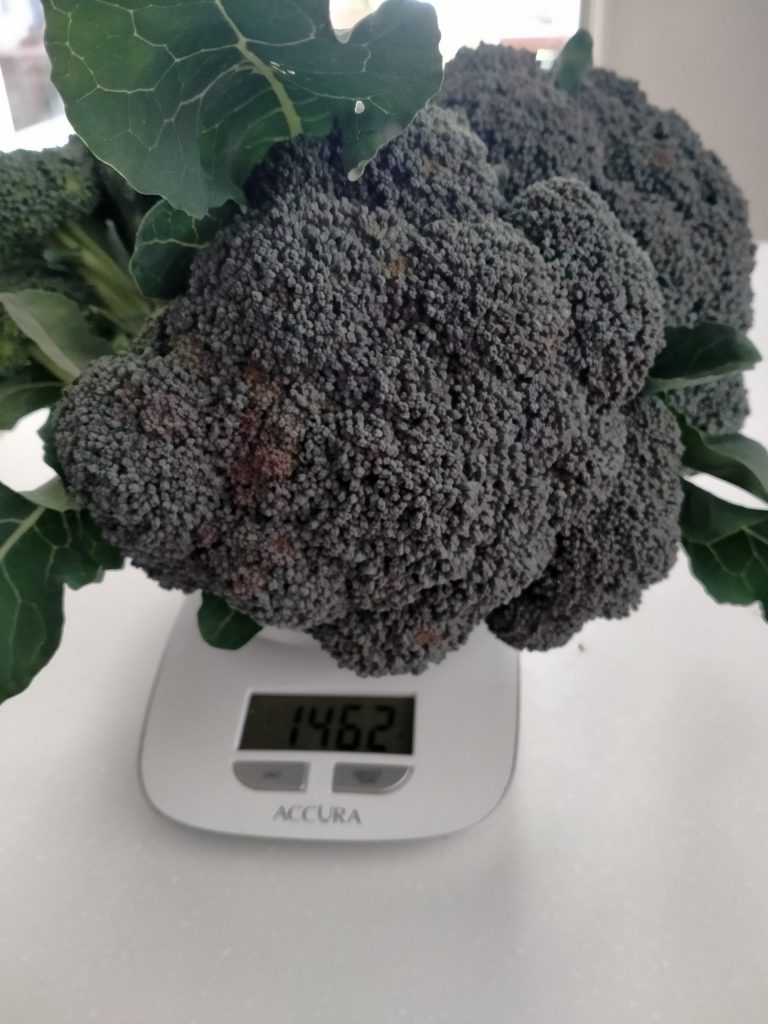
The floret’s tiny beads result in a head that is around 5 inches in diameter. When completely grown, you will see that it is a blue-green colour. Due to its rapid growth, Amadeus Broccoli is a fantastic option for early spring sowings. After the central heads have been harvested, it thoroughly produces side shoots to increase your harvest. Amadeus can also be grown in the summer and fall.
4. Blue Wind
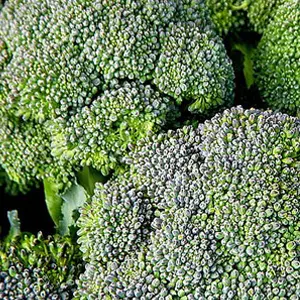
A broccoli variety called Blue Wind matures in 49 to 55 days. In one of the earlier varieties available, a full, tight head will form within 60 days. Blue Wind does grow delicious side shoots after you harvest the primary heads, extending your harvest period even more than it otherwise would.
5. Fiesta
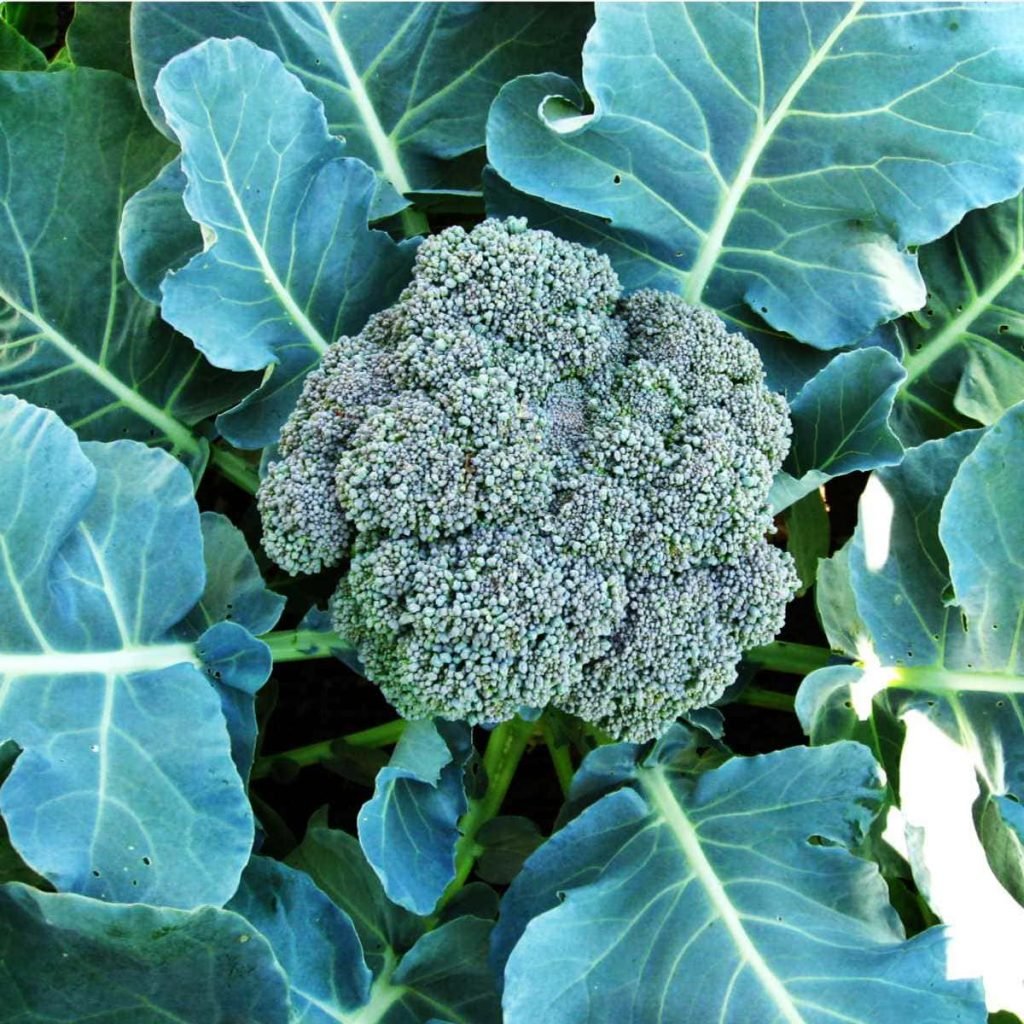
A hybrid broccoli variety Fiestatakes 75 days to reach maturity. Due to its low heat tolerance, it’s a great option for harvesting in the summer and fall. Try planting the seeds in late summer for a fall or early winter harvest. This type has dark, dome-shaped, blue-green leaves, and it’s pleasant and nutritious. Their medium-sized, compact plants produce heads that are 6-7 inches in diameter. Make sure to place this variety’s seeds directly in the sun.
Summing Up
All in all, growing Calabrese Broccoli is a rewarding and satisfying experience for any gardener. With a little bit of extra care, you can produce a bountiful harvest of this nutritious and delicious vegetable. So always remember to choose a sunny and sheltered spot for your plants and to prepare the soil well in advance by adding plenty of organic matter and nutrients. Be sure to keep a watchful eye out for pests and diseases that can damage your plant, and take preventative measures such as using insect mesh and natural insecticides to protect them.
To get the best taste and nutritional value from your Calabrese Broccoli, use it as soon as possible after harvesting. By following these tips and tricks, you can grow healthy and robust Calabrese Broccoli plants that will provide you with a delicious and nutritious harvest for months to come.
So roll up your sleeves, get your hands dirty, and enjoy the satisfaction of growing your own food!

![Step-By-Step Guide on How to Grow Asparagus [UK]](https://staging.thearches.co.uk/wp-content/uploads/How-To-Grow-Asparagus-Plants.jpg)
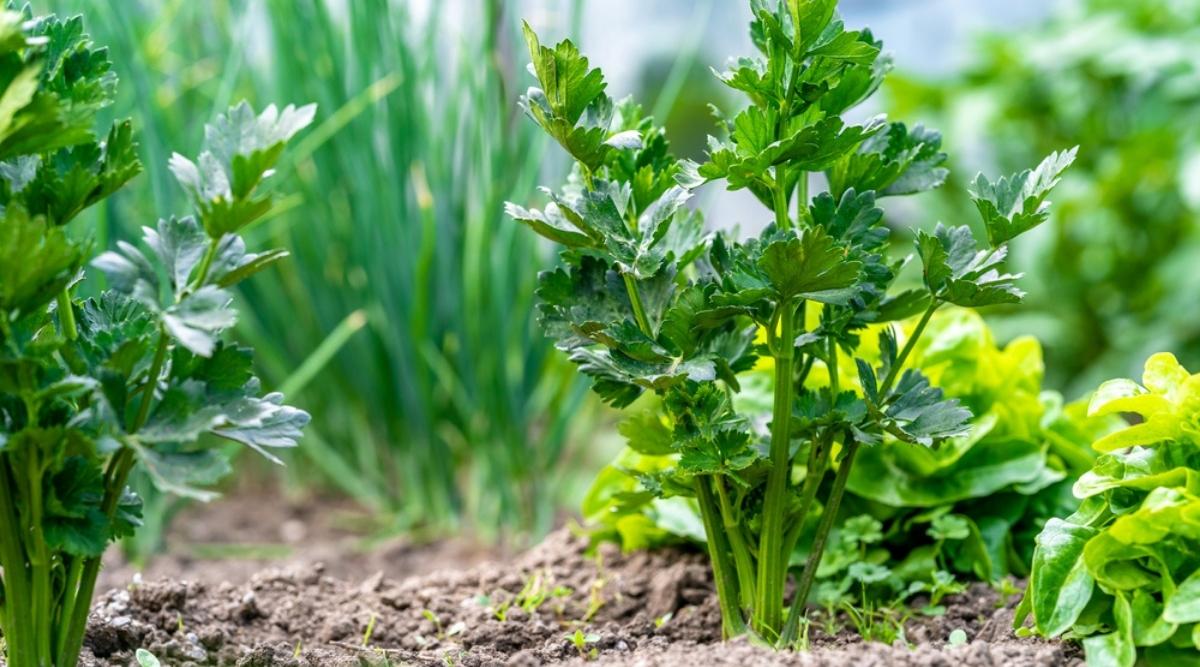
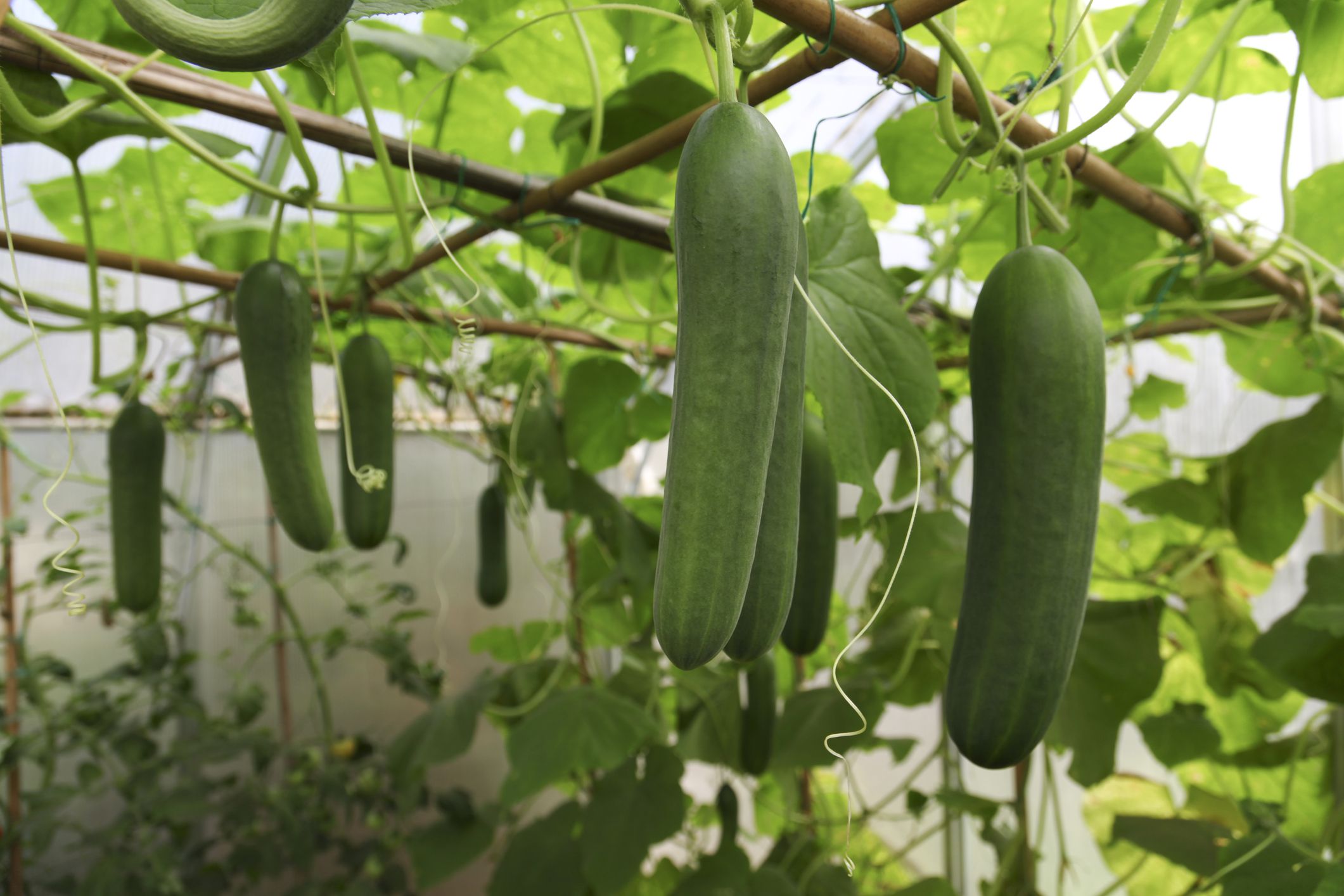
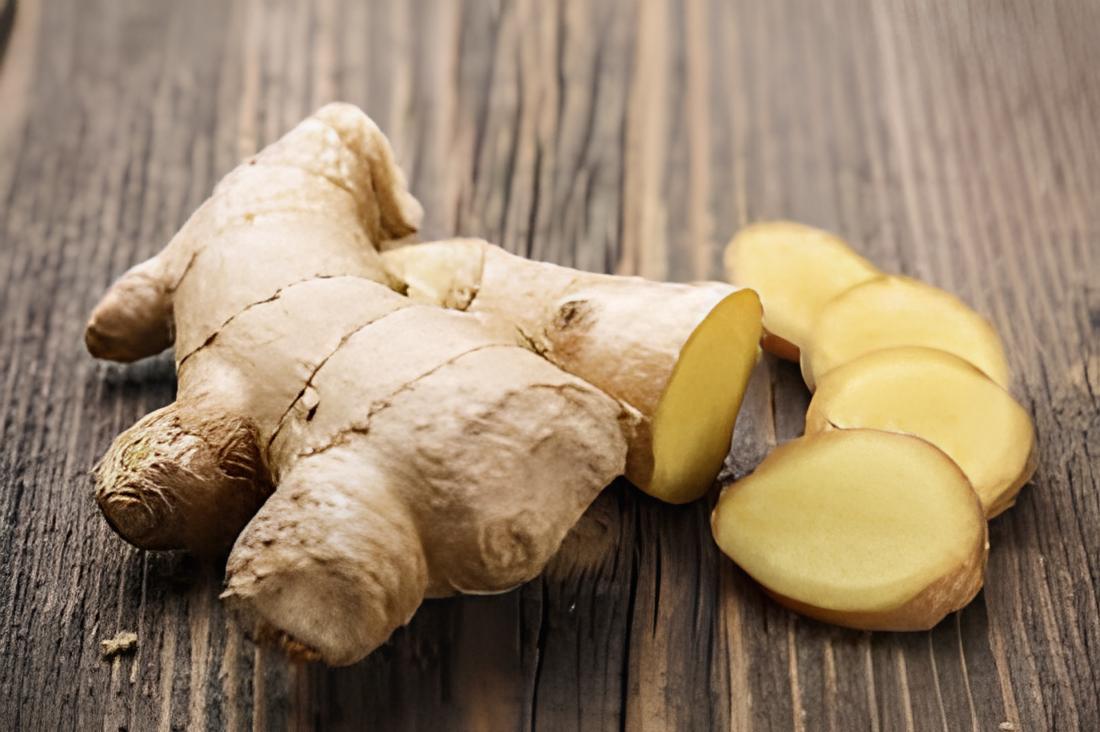
![9 Simple Hacks for Storing Potatoes Fresh for Months! [UK]](https://staging.thearches.co.uk/wp-content/uploads/Ways-To-Store-Potatoes-So-They-Last-Months.jpg)
